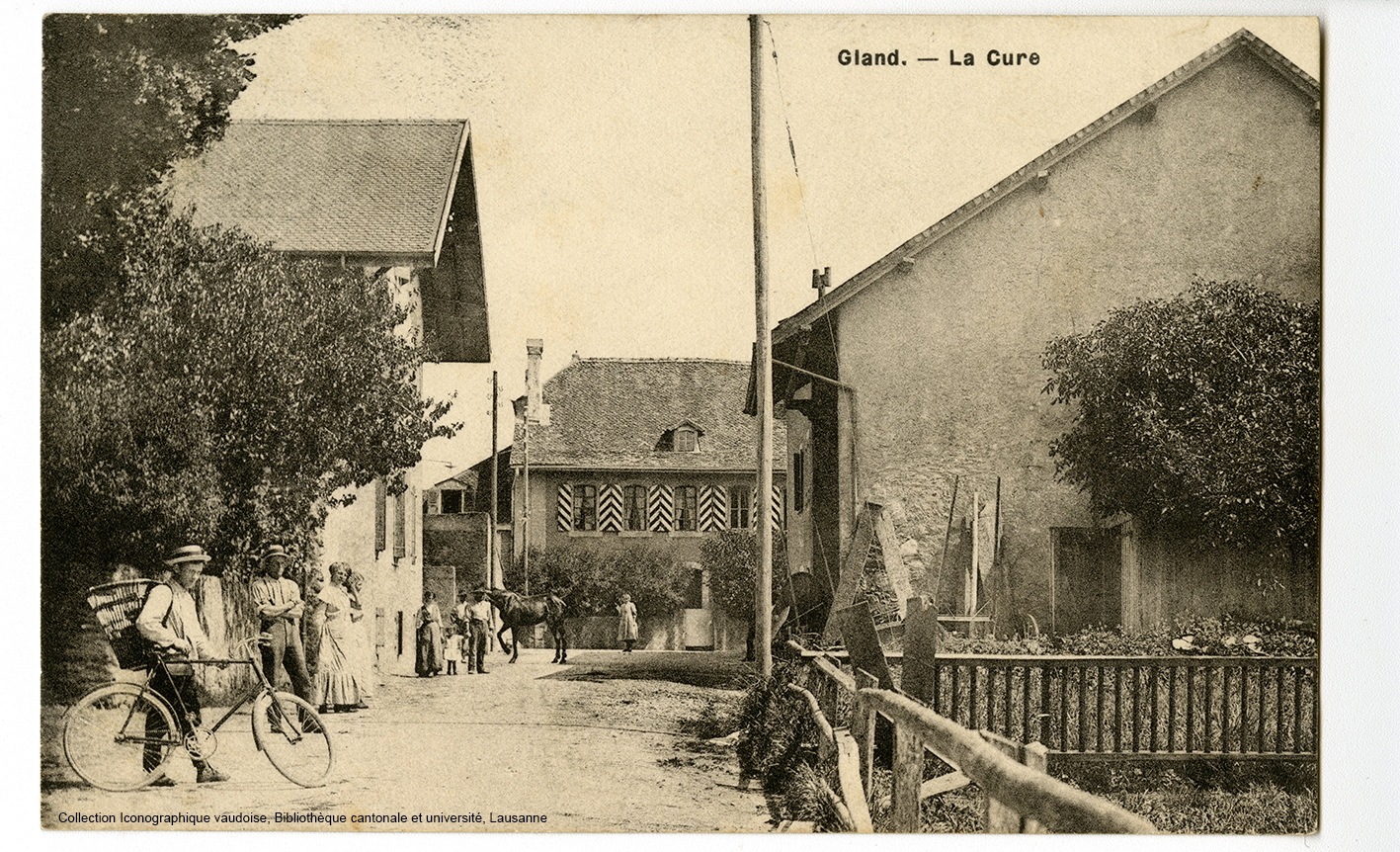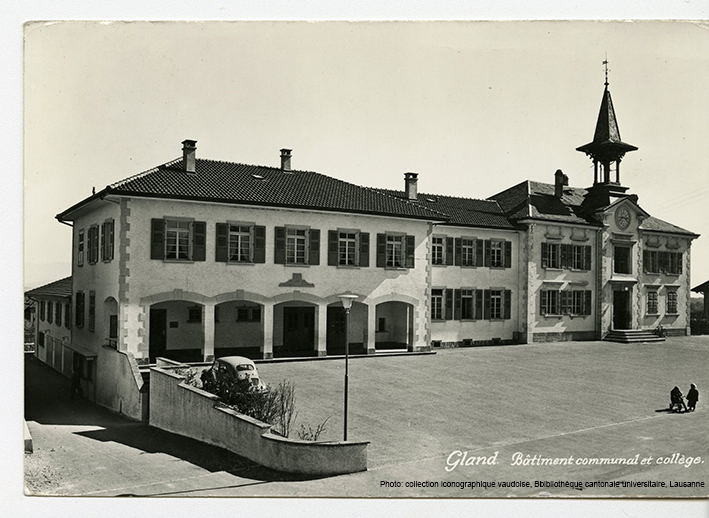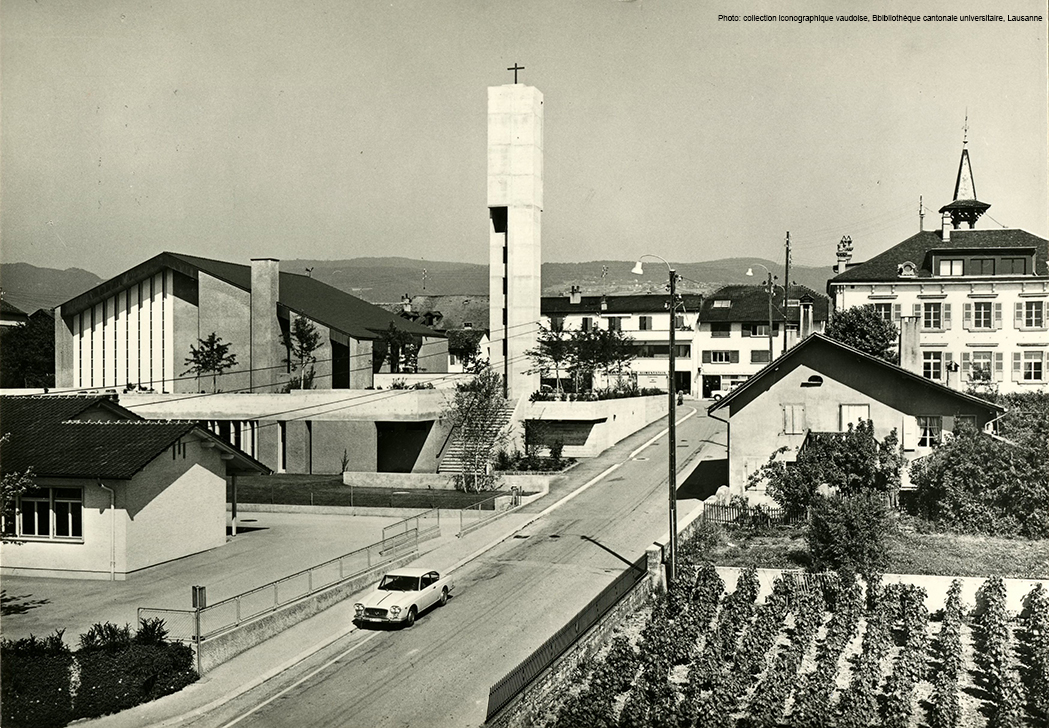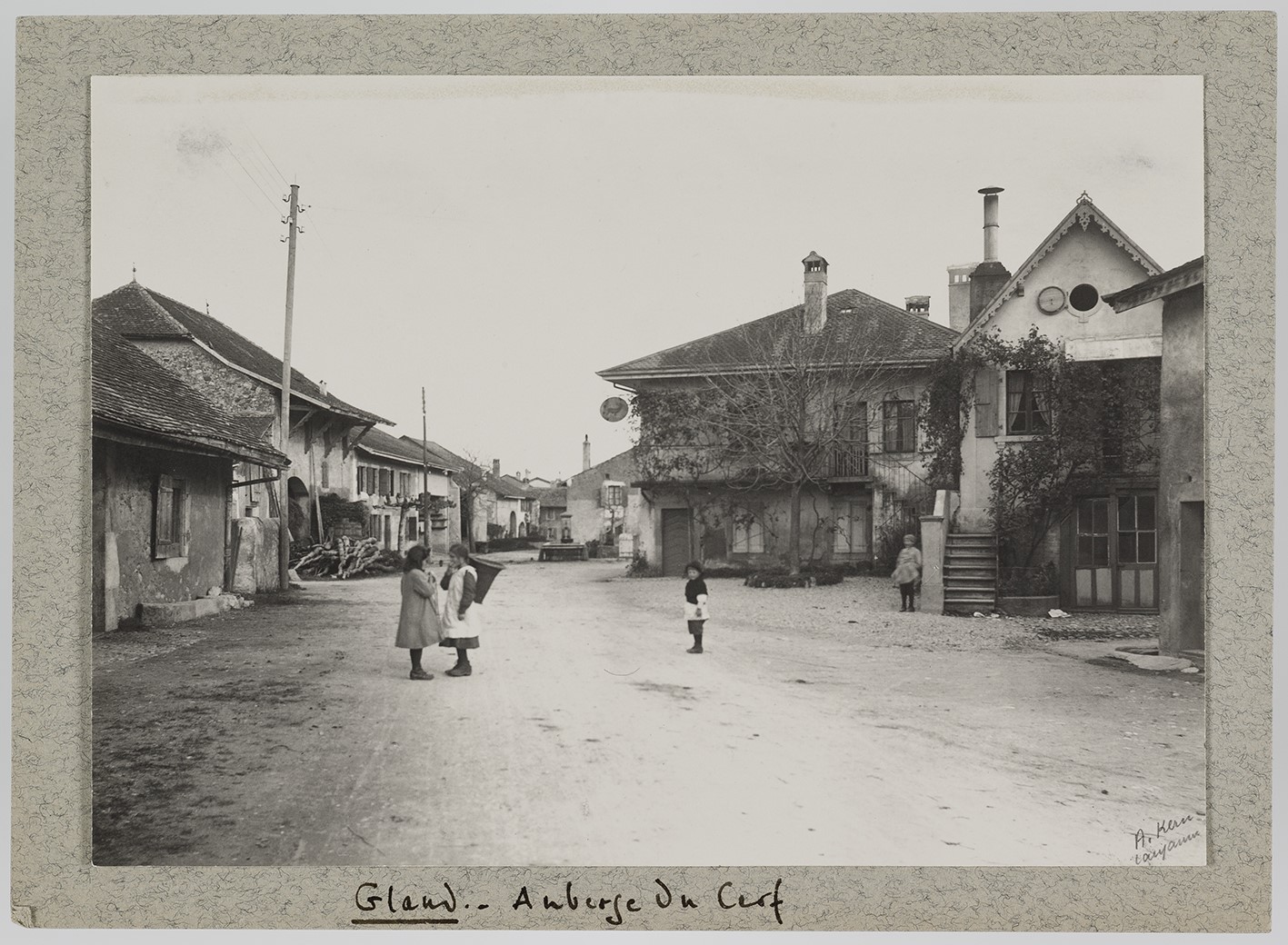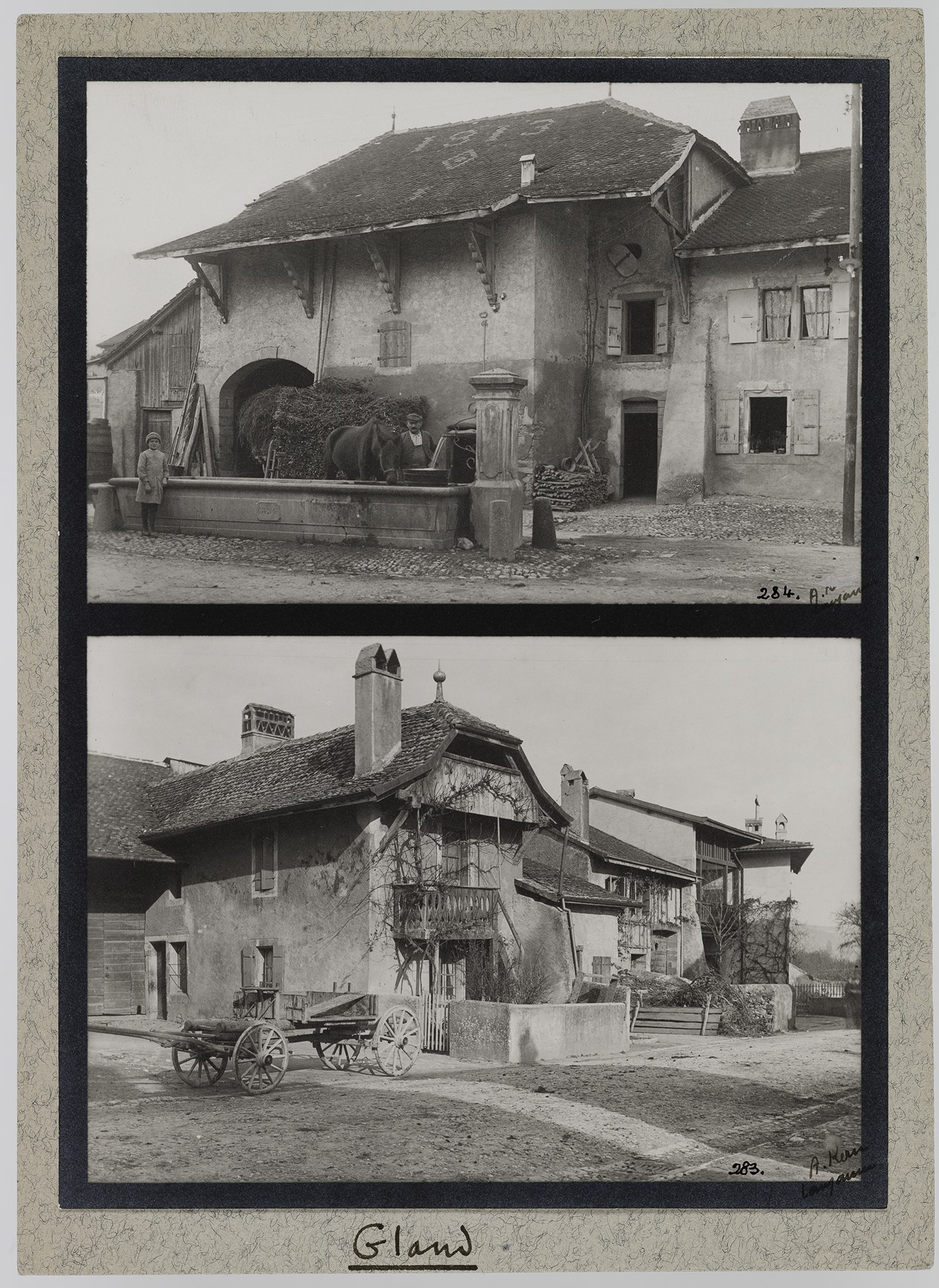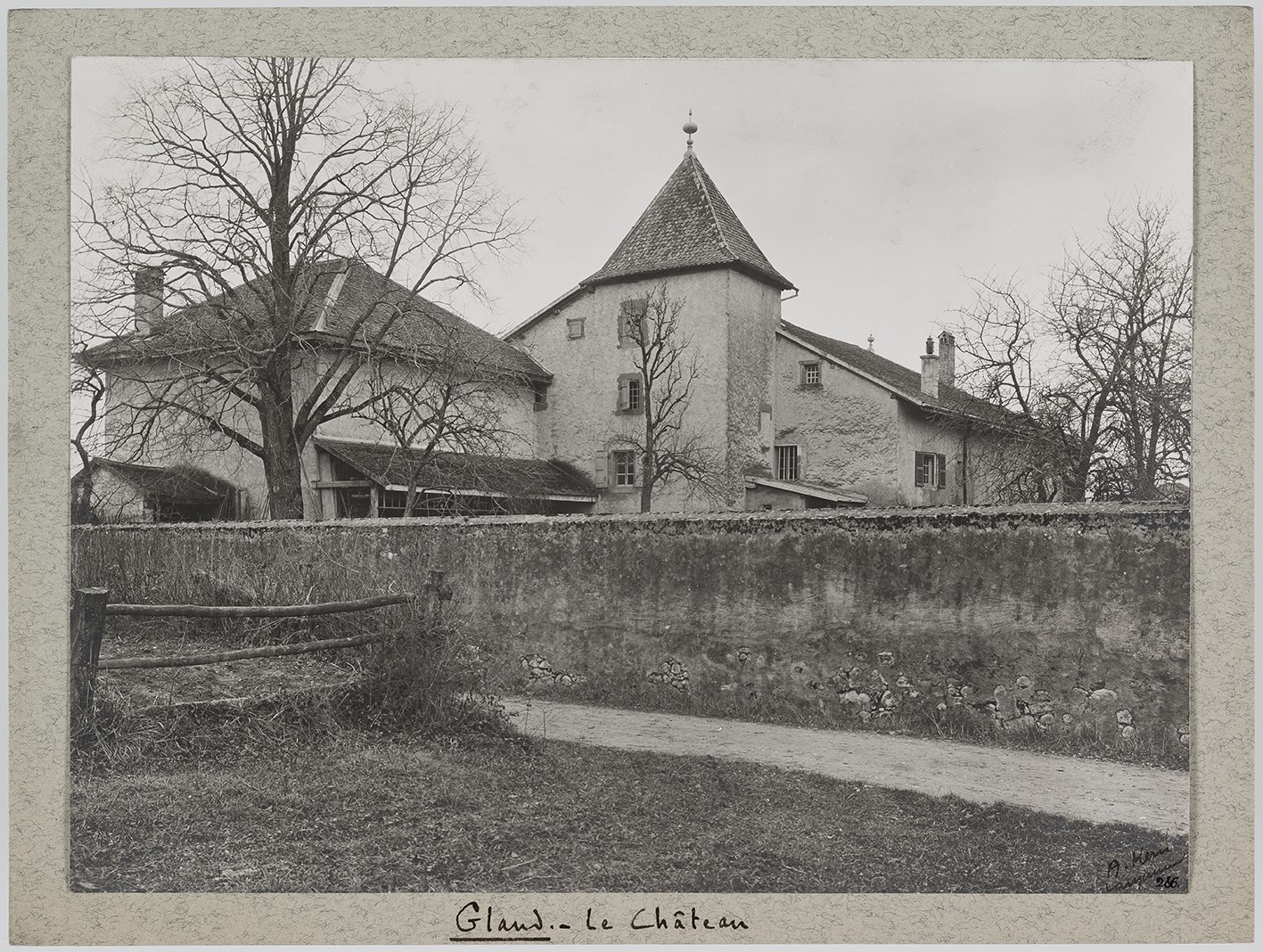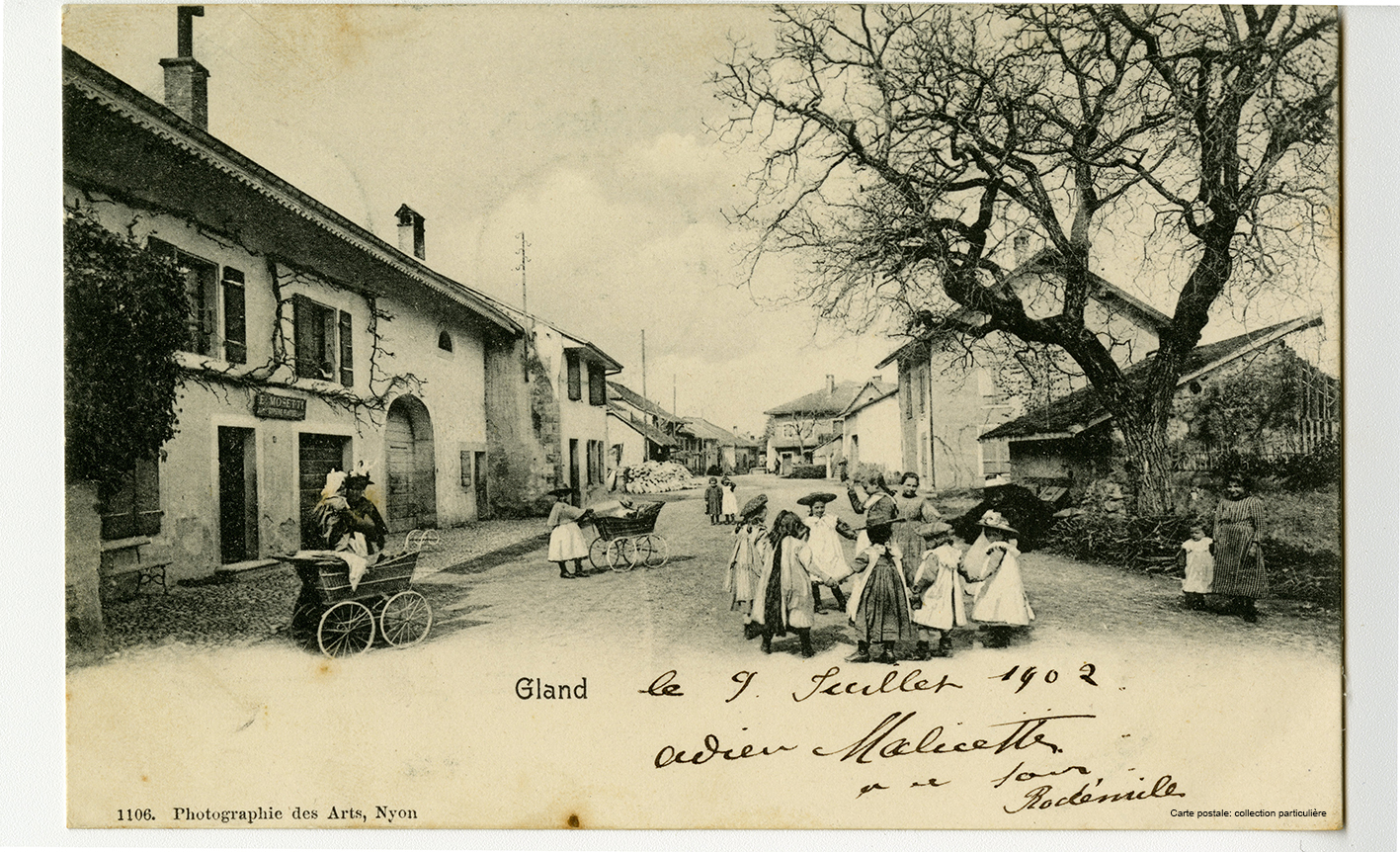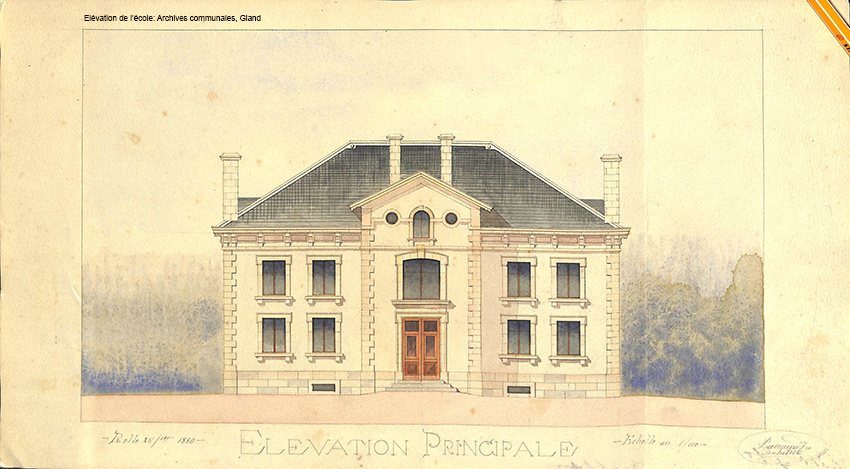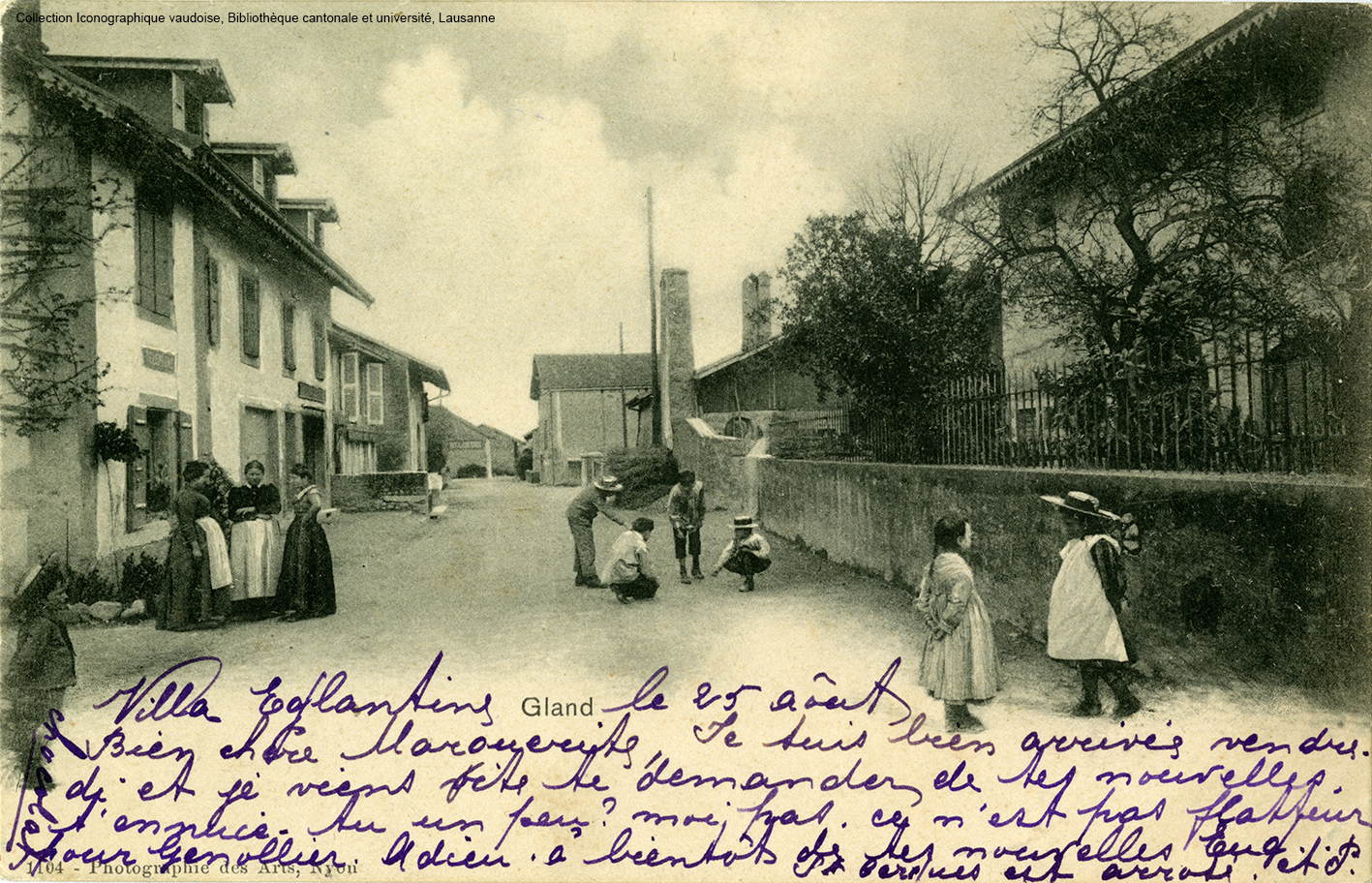The inhabitants of the baronial estate in the 18th century
The population of the commune of Gland were mostly farmers. They had frequent dealings with
Baron Guiguer, who was called upon to settle disputes within the commune or with the communes
of Prangins and Vich.
The baron’s journal gives accounts of a few specific cases in kindly and sometimes mildly amused
prose. Asked in a 1764 statistical survey whether there are many poor people, Pastor Favre answers
in the affirmative: “There are many poor people in the communities of Coinsins, Vich and Gland. But I
should say that there would be far more were it not for the beneficence of Château de Prangins,
which is known to all.”
« Il est determiné que les conseils des communes de Prangins, de Vic et de Gland recevront successivement chaque mois un diné au château ; cette institution doit mettre plus de suite dans les affaires politique du gouvernement. » (Journal de Louis-François Guiguer, baron de Prangins II-165, 18-25 octobre 1778).
The baron’s journal gives accounts of a few specific cases in kindly and sometimes mildly amused
prose. Asked in a 1764 statistical survey whether there are many poor people, Pastor Favre answers
in the affirmative: “There are many poor people in the communities of Coinsins, Vich and Gland. But I
should say that there would be far more were it not for the beneficence of Château de Prangins,
which is known to all.”
Some buildings in the village
La Pique, at Grand’Rue 87, is undoubtedly the oldest house in the village (photo top left). The
stairway tower bears the date 1645, while one of the tiles is marked with the year 1486. The house
was owned by a local noble family.
In 1881, a new school is built by the architect J. Paccaud from Rolle and the businessman Marc
Chanel from Nyon. It was enlarged in 1954 by Roger Paréaz to accommodate the communal
administration. The fine original frames on the 1881 façades are made of red veined stone from the
Arvel quarries in Villeneuve.
The reformed church of 1967–1968, with its 25-metre-high bell tower, is surprisingly modernist in
appearance. It was designed by the architects Claude and Anne Raccoursier from Lausanne following
a competition in response to substantial growth in the commune’s population.
Guiguer’s “Little School”
In 1777, the baron establishes a “Little School to assist in the education of our farmers’ children”.
With the support of the pastor of Prangins, François-Barthélémy Ducros, brother of the painter
Abraham-Louis Ducros, Louis-François Guiguer organises lessons to complement the traditional
teaching centred on the catechism, psalms, arithmetic and singing. They are based more on practical
exercises, using examples drawn from books on agriculture, and aim to teach the children to count,
read and write as well as measure and cultivate plots of land made available to them.
Texts written by Catherine Schmutz Nicod, art historian and editor of “Monuments of Art and
History” for the canton of Vaud, on the basis of existing texts and her own research.
